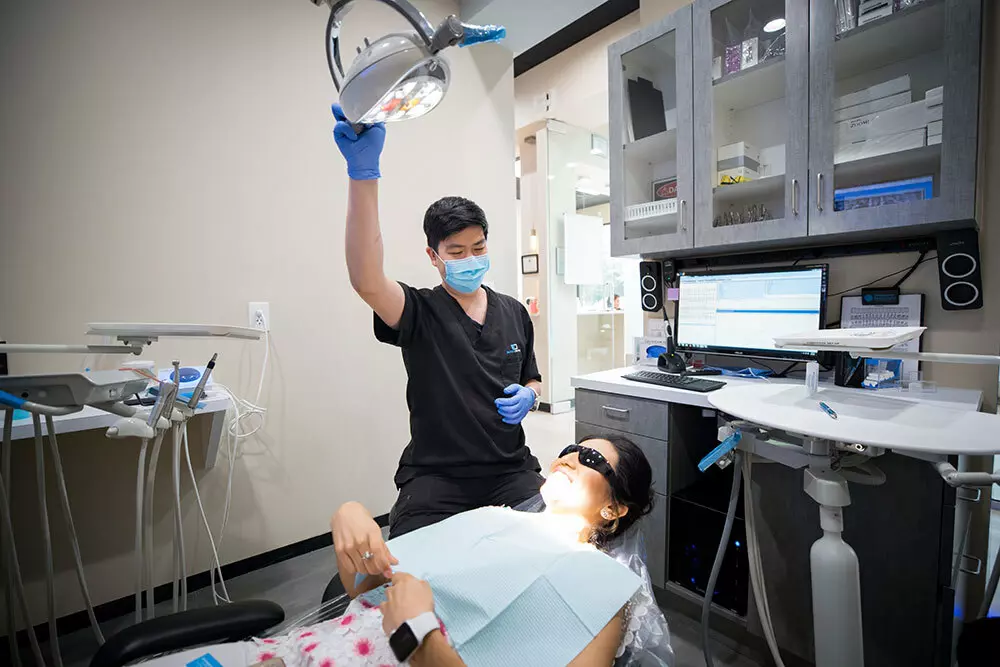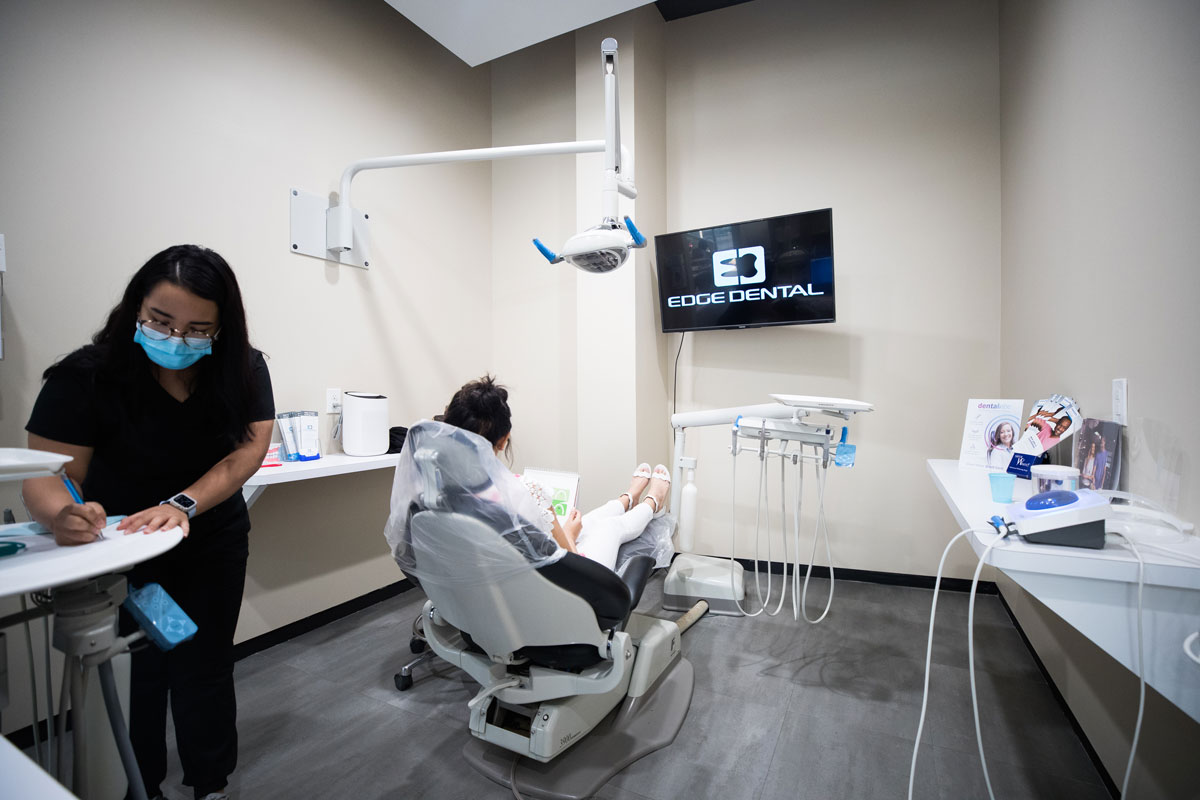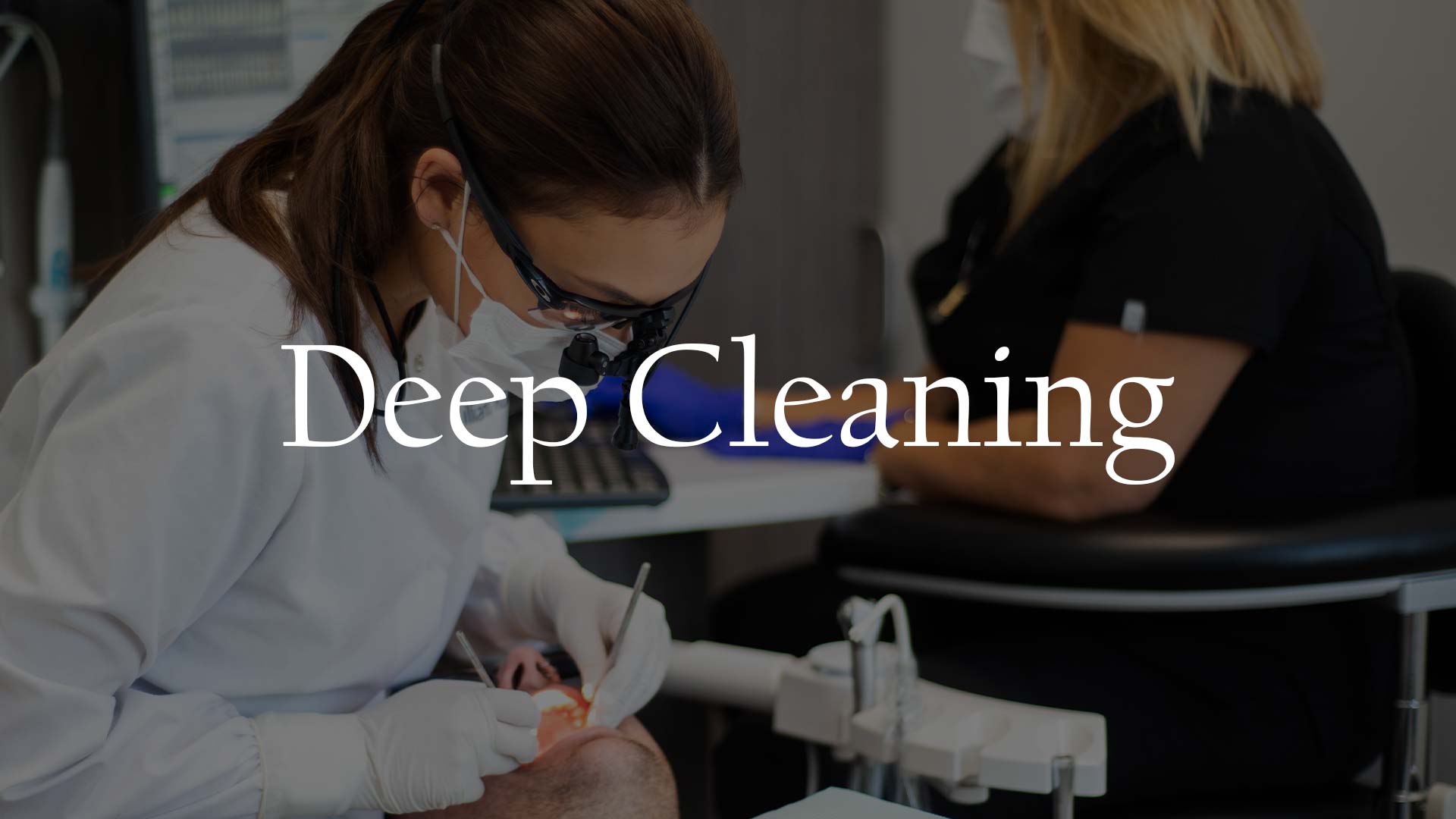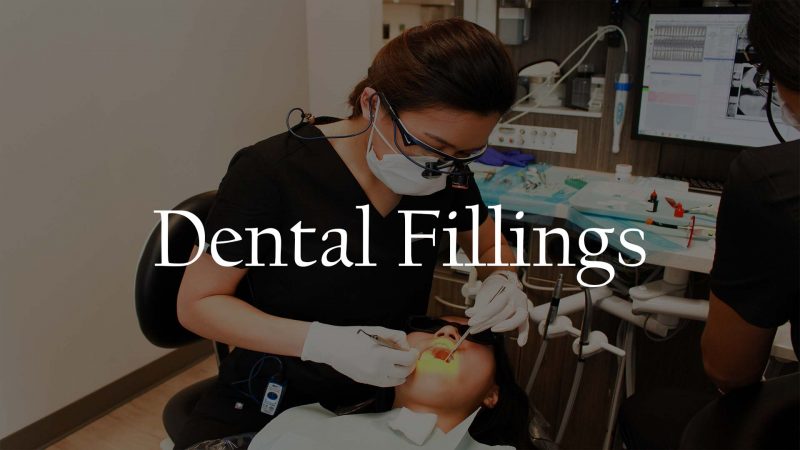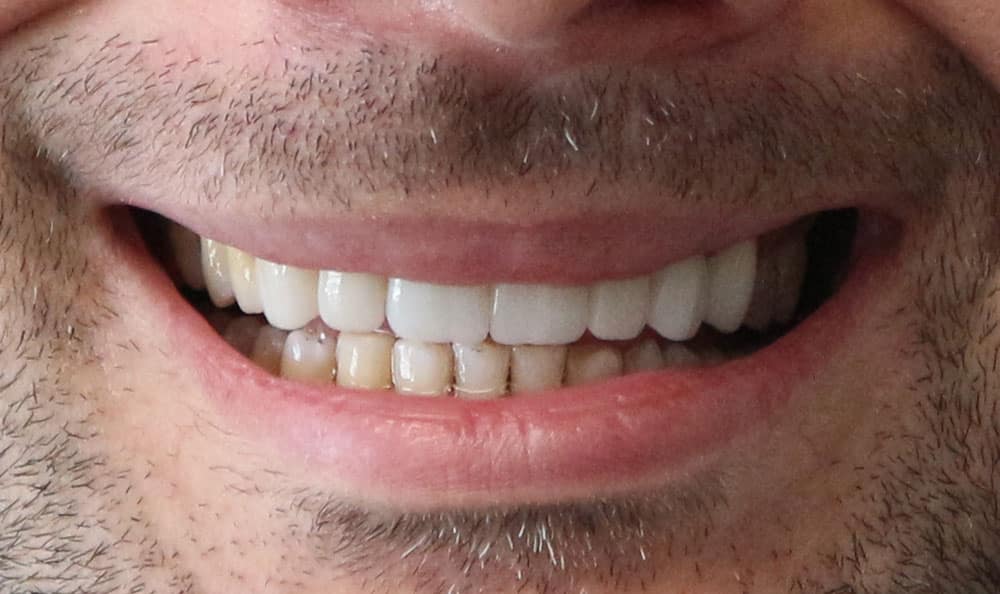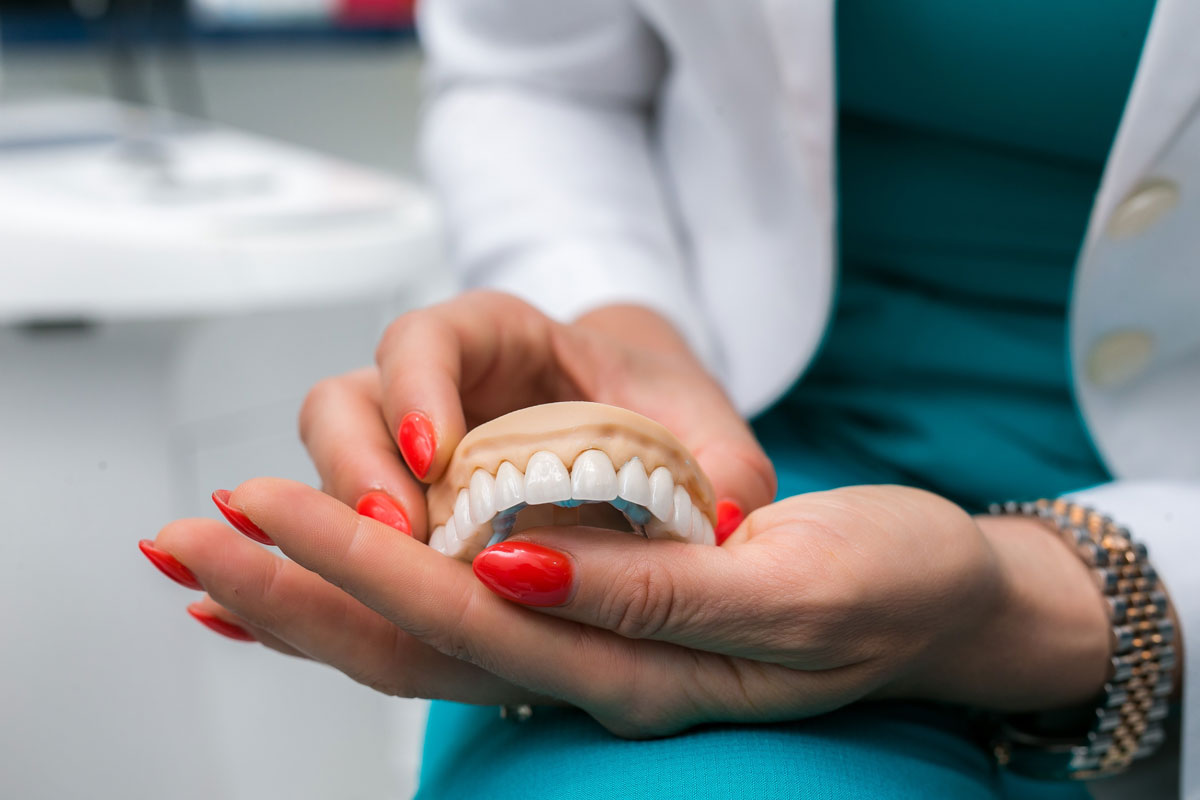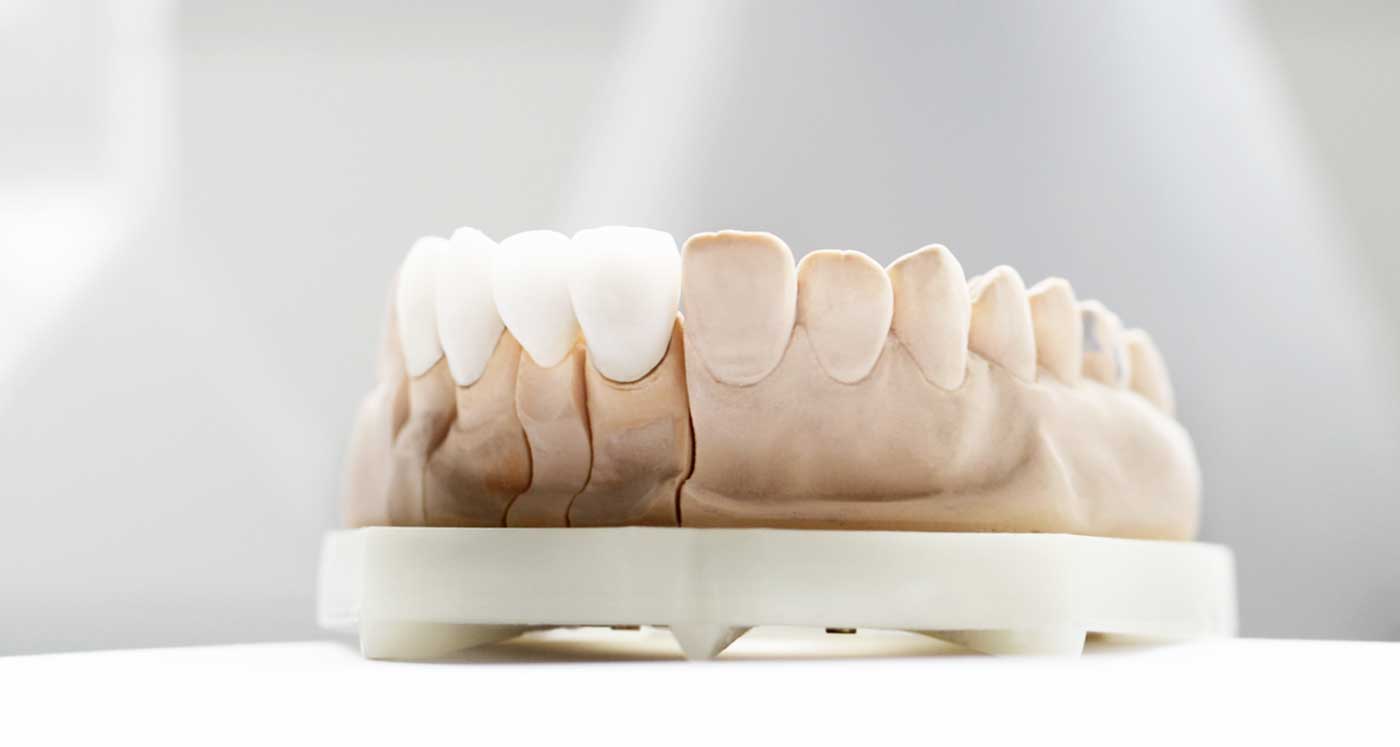Many people underestimate the importance of treating gum disease promptly. Ignoring swollen and bleeding gums can lead to tooth loss and serious health problems. The good news is that gum disease can be effectively managed if caught early. Here are eleven reasons why you should address bleeding and inflamed gums without delay.
1. Prevent tooth loss
One of the main consequences of untreated gum disease is tooth loss, which can significantly affect your bite, bone health, and self-confidence. Early treatment of gum disease can help prevent tooth loss and maintain the integrity and appearance of your smile.
2. Stop gum recession
Gum disease can cause your gums to pull away from your teeth, creating pockets that harbor harmful bacteria. Treating gum disease early helps prevent gum recession and keeps your gum line healthy and intact.
3. Reduce hospital visits
Advanced gum disease can be extremely painful and may lead to frequent emergency room visits. Studies show that managing gum disease effectively can reduce the need for emergency medical care and lower overall medical expenses.
4. Lower risk of heart problems
Gum disease has been linked to various serious health issues, including diabetes and certain cancers. It is also strongly associated with heart disease. Untreated gum disease can increase your risk of heart attacks, strokes, and high blood pressure. Taking care of your gums is a step toward protecting your heart.
5. Improve your breath
Bad breath, or halitosis, is a common symptom of gum disease. The buildup of bacteria in your mouth can cause a persistent bad odor. Treating gum disease not only helps improve your oral health but also eliminates bad breath, making you feel more confident in social interactions.
6. Prevent jawbone deterioration
Severe gum disease can lead to tooth loss, which in turn can cause your jawbone to deteriorate. When teeth are missing, the bone that supports them starts to weaken. This can affect the overall structure of your jaw, leading to further dental issues.
7. Avoid bite problems
Losing teeth due to gum disease can alter your bite. This may make it difficult to chew food properly and can lead to your teeth not fitting together correctly. An unstable bite can also cause headaches, migraines, and temporomandibular joint (TMJ) disorders.
8. Maintain strong gums
Your gums play a crucial role in supporting your teeth. Healthy gums ensure that your teeth are well-anchored and stable. Gums that are not bleeding, receding, or painful are essential for a beautiful and functional smile.
9. Protect your overall health
Gum disease is essentially an infection that can have widespread effects on your body. Bacteria and tooth plaque from gum disease can enter your bloodstream, potentially affecting other parts of your body. Treating gum disease helps eliminate this infection, contributing to better overall health.
10. Secure loose teeth
Before a tooth falls out due to gum disease, it often becomes loose. Unlike baby teeth, adult teeth are meant to last a lifetime. Treating gum disease strengthens your gums and the connections between your teeth and gums, helping to keep your teeth secure.
11. Alleviate pain and discomfort
Swollen, bleeding gums are often painful, which can make daily activities like eating and brushing your teeth uncomfortable. Severe symptoms might even lead you to avoid certain foods or neglect oral hygiene. Treating gum disease can significantly reduce pain and restore comfort to your gums.
The Bottom Line
Healthy gums should not bleed or swell. If you experience these symptoms, seeking help from a dental professional is crucial. Early treatment of gum disease can prevent many severe and irreversible health issues. Taking care of your gums is not just about maintaining a beautiful smile; it's also about protecting your overall health. Don't ignore the signs—address gum disease promptly to ensure long-term oral and systemic health.











